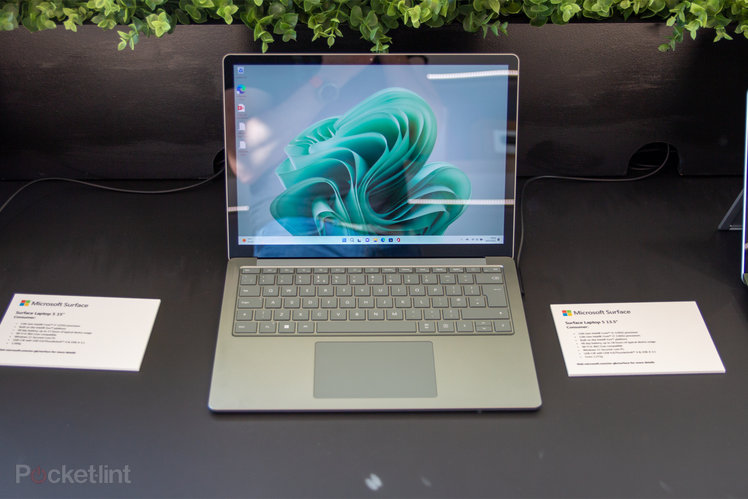
Sitting in the middle of Microsoft’s Surface collection is the Surface Laptop. It is conventional as laptops go, notable perhaps because it’s as close to a MacBook as you might get – built by Microsoft with software by Microsoft, although, admittedly, not running on Microsoft Silicon.
There’s another family trend that Microsoft has adopted from Apple and that’s iterative updating. The Surface Laptop 5 isn’t hugely different to the Laptop 4, which was in turn little different to the Laptop 3.
The mantra of “if it ain’t broke…” might apply here – but at the same time, you miss a few tricks when you don’t evolve.
Design, build and connectivity
- 15: 340 x 244 x 14.7mm, 1560g
- 13.5: 308 x 223 x 14.5mm, 1272g
- Aluminium construction
The Surface Laptop comes in two sizes, 15 and 13.5 inch, and is lovingly constructed with a refined aluminium shell. It shows all the hallmarks of minimalist design, with an unfussy deck, a lid that just carries the Microsoft logo and a chassis that’s generally free from things like speaker ports.
There are a range of colours available, but the 15-inch model only offers Black or Platinum, while the smaller model gets the options of Sage and Sandstone as well.
There are also Alcantara options for the deck, like the Surface Pro, although it seems this is limited to the 13.5-inch Platinum model for the Surface Laptop 5. That gives a slightly soft and fuzzy finish to the deck, which is a nice alternative to cold (or hot) metal.
This feels like a quality machine, with one-handed opening and that nicely chamfered base that gives the impression that it’s floating.
Connectivity is, unfortunately, also minimalised, with a single USB-A 3.1 and a USB-C which supports Thunderbolt 4.0. There’s also a 3.5mm headphone socket and the charging connector.
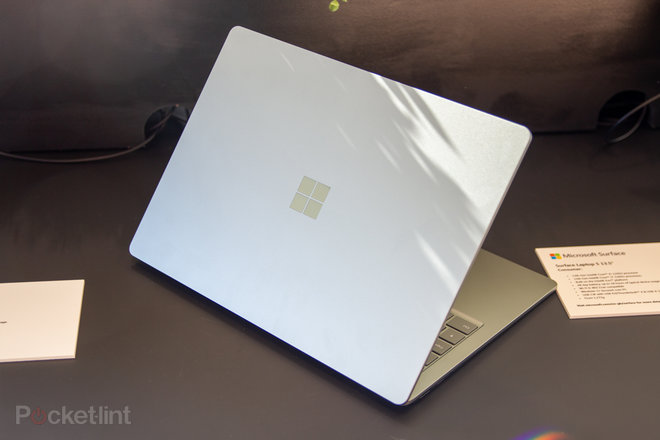
It’s easy to criticise the lack of additional connections, which could be accommodated within the chassis, but this has been the case with the Surface Laptop for several generations. We still miss SD card slots – which was so useful for photographers – but we wonder how many regular users still have that need.
The lack of Ethernet might be more significant for anyone working in an office environment, but with docks readily available and wireless connections now commonplace, again, we can’t see that being a huge barrier. As it happens, there’s a pre-order offer that includes a free Surface Dock.
Display
- 15: 2496 x 1664 pixels, 201ppi, 3:2
- 13:5: 2256 x 1504, 201ppi, 3:2
The PixelSense Display still has something of a bezel around it, something we picked up on in our review of the Surface Laptop 4 and we feel there could be more display space squeezed out of the physical size of this laptop.
Obviously there are two different sizes, but the size is the only difference – both have the same pixel density due to slightly different resolutions on this 3:2 format.
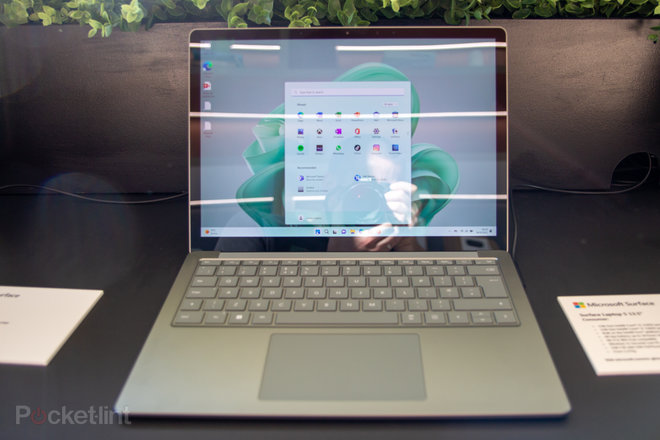
We’ve not had the time to fully assess the display, but if it’s anything like the previous version it’s good enough, rather than being class-leading in terms of contrast and brightness. It does, however, support Dolby Vision IQ to boost your viewing experience.
It supports touch, naturally, giving it a natural advantage over Apple’s rival devices, and it’s 10-point multitouch, allowing a range of interactions, although you always have to be aware of fingerprints on your display space. It also supports Surface Pen.
To protect the display surface it’s protected by Gorilla Glass 5 (GG3 on the Alcantara version), designed to reduce the chance of scratching.
The front-facing camera is set in the bezel of the display and only reaches 720p quality which is below par these days. It does support Windows Hello, however.
Hardware and performance
- 15: 12-gen Intel Core i7-1255U, 8-32GB, 256GB-1TB, 17 hours
- 13.5: 12-gen Intel Core i5-1235U or i7-1255U, 8-16GB, 256-512GB, 18 hours
The small change for the Surface Laptop 5 is the move to 12-gen Intel Core hardware, putting this on the Intel Evo platform. There’s no AMD version this time around, it’s Intel only.
The larger model only gets the Core i7, but with a wider range of RAM and storage options, while the smaller model starts with the Core i5 and has fewer choices for speccing up. Both are powered by integrated Intel Iris Xe graphics.
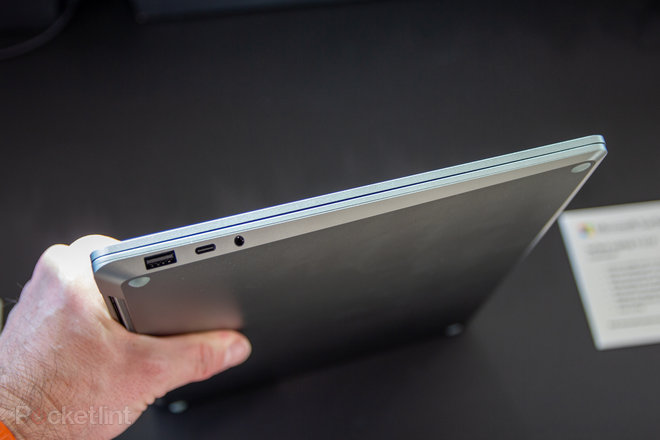
The battery life is impressive, with Microsoft promising 17 hours on the larger model and 18 hours on the smaller.
We’ve not had the chance to check out the performance of these laptops so we’ll update with a full review when we’ve spent more time with them.
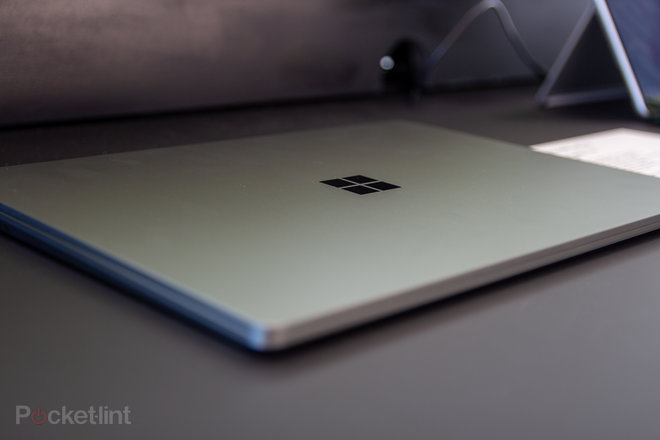
The keyboard on the Laptop 5 offers plenty of space and key travel, supported by a great trackpad, but there is some flex in the centre of the chassis. This lets the side down a little, as that’s not something you’ll find happening on a MacBook, however, it’s still a great keyboard to use.
